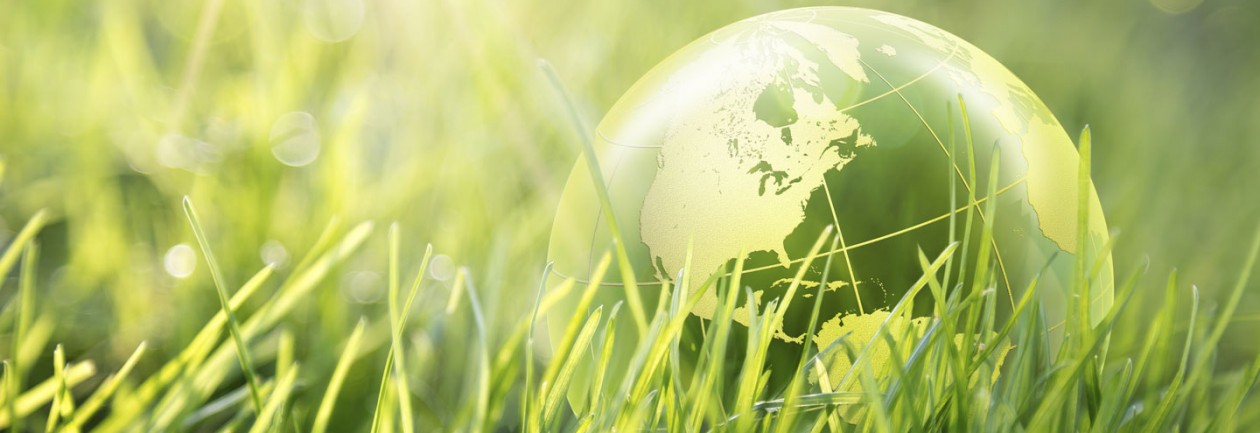Overview:

Biodiesel is made through a chemical process called trans-esterification, whereby the fat or vegetable oil is reacted with an alcohol catalyst (usually methanol) to produce biodiesel and glycerin. Glycerin as a byproduct then can be used in soap, and e-cigarettes juice. Biodiesel is renewable, biodegradable, cleaner emission, and nontoxic to the environment.
Biodiesel can be blend with petroleum fuel and used with minimal if any modifications in traditional gasoline/ diesel engine. 100% biodiesel is referred to as B100, while 20% biodiesel, 80% petro diesel is labeled B20, 5% biodiesel 95% petro diesel is labeled B5, 2% biodiesel 98% petro diesel is labeled B2.
Reference:
“IEA Energy Technology Essentials.” IEA Energy Technology, Jan. 2007. Web. May 1.
Composed by Tien, Edited by Matt.
